Data is not a Microservice
Why Software Engineering Can't Solve Data's Problems
Note from Chad: 👋 Hi folks, thanks for reading my newsletter! My name is Chad Sanderson, and I write about data products, data contracts, data modeling, and the future of data engineering and data architecture. Today we’re talking about the differences between software engineering and data engineering, so strap in. As always, I‘d love a follow and share if you find it valuable.
Microservices and Data
These days it feels like every company is abandoning its monolith to move fast and break things. Microservices are an architectural pattern that changes how applications are structured by decomposing them into a collection of loosely connected services that communicate through lightweight protocols. A key objective of this approach is to enable the development and deployment of services by individual teams, free from dependencies on others.
By minimizing interdependencies within the code base, developers can evolve their services with minimal constraints. As a result, organizations scale easily, integrate with off-the-shelf tooling as and when it’s needed, and organize their engineering teams around service ownership.
The term Microservice was first introduced by Thoughtworks consultants and gained prominence through Martin Fowler's influential blog. Sometime later, Zhamak Dehghani, the pioneer behind Data Mesh (and also a Thoughtworker) released her book on the data equivalent to microservices - the Data Mesh.
The world of data always seems to be playing catch-up to software and finally adopting microservice-oriented language is no different. When Google and Amazon emerged as technological powerhouses in the early 2000s, all brick-and-mortar businesses experienced a sudden FOMO (Fear of missing out). “We need an app!” “We need to be in the cloud!” “We need analytics!” they said. Enterprises and new companies alike hired consultants to clone the architecture of top-tier tech companies regardless of whether or not it made sense for their use cases. Data took a back seat as software ate the world.
This led to many elements necessary for building a healthy data ecosystem being lost, replaced by methodologies designed for the benefit of fast-moving engineers upstream. In this post, I am going to take a contrarian approach and argue that data is NOT like a microservice. While I think a data mesh is one way of dealing with the organizational complexity that comes with handling the challenges posed to data teams, my perspective is that data requires a related, but uniquely different paradigm. My thesis is based on three core arguments:
Data teams require a source of truth, which microservices cannot provide without an overhaul of the software engineering discipline
We can’t know in advance when data will become valuable, which makes up-front ownership of data microservices overly restrictive
The data development lifecycle is different from the software engineering development lifecycle, and microservices are a poor fit to facilitate the needs of data teams
Keep in mind that I am not disputing the value of microservices in general or even the possibility that a microservice-based approach paired with other data-centric initiatives has the capacity to solve important issues in a data team at later stages of maturity. It absolutely can! But I also don’t believe it directly addresses the core issues most businesses today have when it comes to data management. Microservices are square pegs attempting to fit round holes - every issue they might solve can be addressed through far simpler and better means.
Searching for the Truth
Microservice-based approaches do not solve the most important problem in data - A missing source of truth.
While I touched upon this in my last article, it bears repeating here: The motivations of a software engineering team are inherently different than a data team. An engineering team makes architectural design choices to facilitate speed, separation of concerns, and flexibility. The reason for this is clear- engineers are expected to ship features quickly.
The purpose of a microservice is to power an aspect of some customer experience. Its primary function is operational. The purpose of data is decision-making. Its primary function is TRUTH. How that truth is used can be operational (like an ML model) or analytical (answering some interesting question).
Businesses already collect large volumes of data at tremendous speed and dump raw logs into lakes for data engineers to sort through later. Data developers struggle because the data they have taken dependencies on has no ownership, the underlying meaning is not clear, and when something changes from a source system very few people know why and what they should expect the new 'truth' to be as a result. In data, our largest problems are rooted in a lack of trust.
In my opinion, a source of truth is an explicitly owned, well-managed, semantically valid data asset that represents an accurate representation of real-world entities or events reflected in code.
In the traditional on-premise Data Warehouse, an experienced data architect was responsible for defining the source of truth in a monolithic environment. While slow and somewhat clunky to use, it fulfilled the primary role of a data ecosystem. Smart, hard-working data professionals maintained an integration layer to ensure downstream consumers could reliably use a set of vetted, trustworthy data sets.
In the world of microservices, however, there is no truth with a capital ‘T.’ Each team is independently responsible for managing their data product which can and often will contain duplicative information. There is nothing that prevents the same data from being defined by multiple microservices in different ways, from being called different names, or from being changed at any time for any reason without the downstream consumers being told about it.
For instance, at Convoy, a metric called shipment_margin was calculated as the revenue we made servicing a load minus the costs of servicing the load. Many teams had a separate view of which costs were germane to their particular revenue stream. These teams would add dimensions, stack CASE statements on top of their SQL queries like Jenga blocks, rename columns, and ultimately push data to new models where it was reused later, often with vastly different assumptions.
As a data consumer, this made life miserable. It was impossible to tell which data could be depended on, which was production-grade and which was experimental, how columns or tables with similar names differed from each other without exploring the underlying query and resulted in the analyst spending weeks contacting upstream developers to understand what the incoming data meant and how to use it in order to recreate the wheel all over again.
Not only does this model make data more difficult to access and trust, but it substantially increases cost as well. Cloud analytical database pricing is based on the amount of compute resources utilized during query execution. As complex queries consume more resources, they can increase the cost per query and the overall billing. Without any form of centralization, each team is left to decide how to best compute the same set of metrics. While this might be trivial for any individual analyst, it becomes incredibly cost prohibitive when repeated thousands of times across the business against massive datasets.
In a microservice-oriented world, each common fact or dimension will have become so fragmented that trying to do cross-organizational comparisons would be impossible. The truth is lost in exchange for incrementally more iteration speed in development, which ironically leads to much slower speed in the analytical layer.
Bottom line: The most foundational principle of data is truth. Depending on the use case, the amount of ROI we gain from the data being more accurate can be small (ad hoc reporting) or large (audited accounting pipelines). Teams need the flexibility to evolve a directional dataset into one that is more trustworthy as the need arises. In the world of microservices, we simply give up on the truth altogether and accept that each team will ultimately operate in a silo.
Most Data Isn’t Useful
This brings us to the next major problem with the microservices-oriented approach: The vast majority of data in a data lake is not actually that useful. Consider the example JSON dump below:
It could be that all of this transactional data (stored in an ill-defined blob) is essential for analytics and machine learning. It could be that none of it is important. It could be that some of it will become important in the future, or it could be that some of it is important today but will become worthless in the future.
The fact a data asset’s value changes over time is very different philosophically from the role of a microservice. A microservice architecture is purpose-built for a function today. No one builds a microservice because it one day might have value. If a potential future was your justification for a new application, every engineer would tell you the same thing:
“Come back to me once you have a clear use case.”
According to Forrester, “On average, between 60% and 73% of all data within an enterprise goes unused for analytics.” That means up to 3/4 of all the data in a lake isn’t leveraged at all!
But the issue doesn’t stop there. Just because a data point is used doesn’t necessarily mean it warrants ownership. For example, imagine that a software engineer for a ride-hailing platform has created a database called vehicle_metadata. A sensor in the driver’s car records how fast the vehicle is going and emits an event anytime a significant speed increase is detected. The application compares the vehicle speed to the speed limit and calculates the delta. If the driver is going significantly over the speed limit, the app will warn the driver they could be penalized for being unsafe.
A PM at the company has a hypothesis that the average speed per ride might be a useful feature in a machine-learning model their team is building to predict the likelihood of a driver crashing. This data would be useful to understand how much the company is willing to insure their drivers and calculate the premiums each driver will pay. A data scientist pulls the feature into their training set, trains the model on the new data, and analyzes the results. After a few days of experimentation, however, the team concludes that the average speed per ride is not predictive and drops it to reduce noise and cost.
In this case, A PM had a hypothesis, a data scientist conducted an experiment, and the data was incorporated into a feature that launched into a production environment - but because the data was not valuable it was succinctly removed. If no other use cases for the data arise, should the software engineering team still be required to build a data microservice, maintain the API, and manage schema evolution for a data point no one besides their own team is using? Most people (And close to 100% of engineers) would say no.
A majority of companies have hundreds if not thousands of scattered dashboards that were leveraged at one point but no longer. There is so much clutter it becomes difficult to know what questions have already been answered or not. Because moving to a microservice-oriented approach to data doesn’t solve this problem (in fact, it makes it worse given point one), duplication will continue on an exponential spiral with the now-added cost that engineering teams are expected to maintain these useless artifacts upstream. This is not only unscalable from a data management perspective, but it would also be disastrous for engineering velocity.
The whole purpose of moving to microservices is speed. So what happens when every schema is now under strict management? Either A.) The engineering team ships code much slower or, more likely B.) The engineering team stops emitting data to an environment where data teams can access it at all.
The bottom line: The vast majority of data in a data lake or modern “warehouse” is not useful. Placing restrictions to manage data before it becomes useful is overly restrictive for data producers. Producers should only be required to take ownership once a data asset has been determined to have value and not before. Ownership should begin with ensuring the existing pipelines don’t break through simple data contracts but can extend to more complex contracts with business-driven PII or data security constraints. Ownership must be incremental based on the use case.
The Data Development Lifecycle
The Software Development Lifecycle (SDL) is a structured process that guides the development of software applications. It consists of several phases, starting with requirements gathering, where a project's goals and specifications are defined, and ending with the deployment of the software into a production environment where a customer can leverage it to generate business value.
The SDL has been refined dozens of times over the past 30 years and is supported by hundreds of developer tools. You can break down the SDL into two categories: Tactical and Strategic. The tactical category refers to the specific workflows and technologies that are leveraged to build software: System design, versioning, collaboration, CI/CD, config management, cloud deployment, and so on. It’s the how. The strategic category refers to the jobs-to-be-done distinct from any technology. In essence, why do we build software this way to begin with?
The Strategic SDL is as follows:
Identify a problem based on customer pain
Produce a set of requirements and user stories
Create a technical spec that includes the system design and architecture
Write code that maps to the technical spec
Deploy the code into a developer environment for testing & QA
Deploy the code into production where it is accessed by a customer
Monitor and maintain the code to ensure the customer experience does not degrade
There are a few very important steps in the workflow worth pointing out. First, the software is fit-for-purpose. Meaning it is designed with a specific architecture in mind to support a certain operational outcome. Second, the process of QA and Testing is more or less a one-time thing. Once it has been validated and deployed we don’t expect our code to meaningfully change unless we encounter an unexpected edge case in the future. Third, it is a self-sufficient loop. An engineer acting alone can accomplish all of the above with no additional help (although having a product manager around to speak to customers is useful!)
Now let’s examine the Lifecycle of Data Development.
Ask an interesting question about the business
Understand the data that already exists, where it comes from, and what it means
Construct a query (code) that answers the question
Decide if the answer to the question has operational value
If yes, deploy the query into a production environment
Decide if the query requires data quality and governance
If yes, build a robust data model and data quality checks/alerting throughout the pipeline (upstream ownership is required here)
As new data becomes available or changes, continuously evaluate and reconstruct the query accordingly
As you might intuit, the two lifecycles are very different. While the SDL produces fit-for-purpose software, data engineering is all about discovering and reusing what already exists for a new use case. Data is always changing as we acquire more of it! It is expected that data implementations will evolve over time, sometimes radically. Thus, it is not self-sufficient and downstream teams are tightly coupled to upstream producers.
The bottom line: As mentioned at the beginning of the post, Microservices are designed to allow flexibility, speed, independence, and stability. However, the Data Development Lifecycle requires discovery, reuse, tight coupling, and constant change/evolution. Microservices and Data Development are incompatible frameworks. Applying
Square Pegs in Round Holes
Data has some differences from software that generally make microservices untenable to fulfill the needs of both analytics and data products.
Data requires a source of truth: Microservices are inherently siloed. Each team has its own source of truth which creates infinite fragmentation.
Not all data is equally valuable: There is a big cost to treating all data as a microservice - engineers must take ownership of data that doesn’t even have a use case, or might lose its value over time. This runs counter to how the usefulness of data assets ebb and flow as use cases change.
The Data Development Lifecycle is different from Software: Data teams care a lot about discovery and repurposing data for new use cases, which ultimately results in very tight upstream dependencies. Microservices are built to eliminate dependencies - the opposite of this workflow.
So what should we be doing, if not microservices? The old-school database management approach doesn’t work for federated teams shipping products quickly, therefore the solution must be compatible with microservice while still enabling a proper data dev workflow. It’s essential to begin from first principles and map out what should be true in the ideal environment, then work backward to the technology and organizational patterns that can enable that approach:
Data teams should have the freedom to iterate and experiment on raw data from production with minimal restrictions
Engineering teams should not be required to take ownership of pipelines purely for the purpose of prototyping/experimentation
Once a strong use case has been established downstream, data consumers should be able to ‘promote’ data assets to a higher quality
The promotion that occurs should establish the data asset as a source of truth. Any future promotions should modify the source of truth asset instead of creating multiple versions
Source of truth assets should be forked from production-grade pipelines to replace the corresponding raw data in prototyping environments
Data producers should be aware of changes to their dependencies when these promotions occur. They should be aware of the impact backward incompatible changes might have on data dependents as well
Data producers should have a vehicle for managing change communication as their services evolve over time, such as managing release notes and announcing deprecated fields
If a data asset no longer becomes useful to consumers, data producers should not be required to support it as a product
Data Governance should be added incrementally when and where it is needed based on the use cases, but not before.
My opinion is that microservices and Data Mesh is probably the right long-term solution, but like AGILE before it, represents an idealized late-stage organizational model. The actual system most companies use does not follow the AGILE manifesto to the letter but instead implements technology that makes it unbelievably easy to ship code iteratively, of which microservices are one example.
In the same way, it should be unbelievably easy for data producers and consumers to collaborate across all stages of the data development lifecycle, ultimately culminating in data products supported with quality and data contracts when it is needed.
In my next article, I’ll be diving more into what an architecture that facilitates the Data Developer Lifecycle in federated ecosystems looks like, and how it interfaces with data contracts, observability, data catalogs, and iterative governance.
Microservices were designed for software developers. Software is not data. If businesses continue to apply square pegs to round holes, the usefulness of their initiatives in Analytics or AI will ultimately never pan out the way they want. Data Engineers must be self-advocates. Help CTOs understand how the data development roles differ and where they are similar. It will be 100x easier to solve the problems you must if you can.
Thank you so much for taking the time to read this write-up and please subscribe to the newsletter if you enjoyed it! Also, every share helps me grow (and gives me the motivation to keep writing pieces like this) so that would be incredibly appreciated as well. Follow me on LinkedIn and now Twitter for more posts on data engineering, data ownership, and data quality.
Good luck!
-Chad




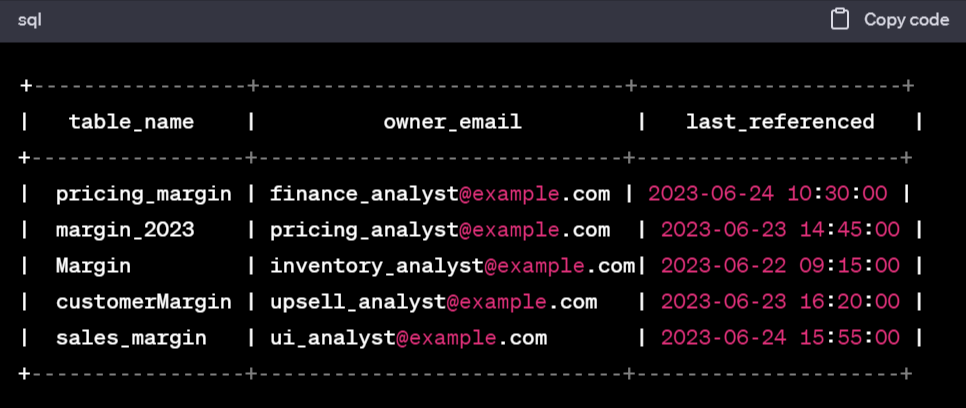
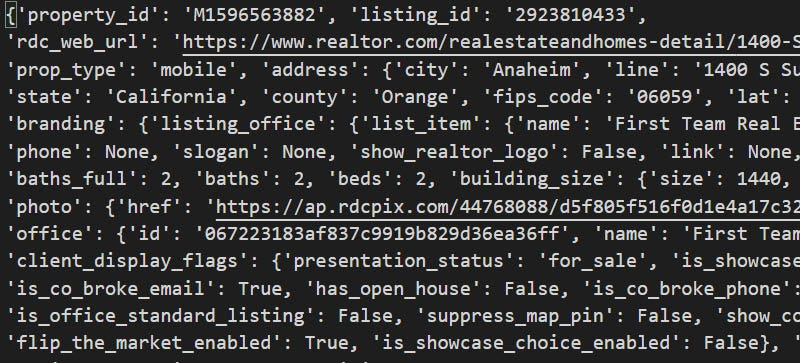
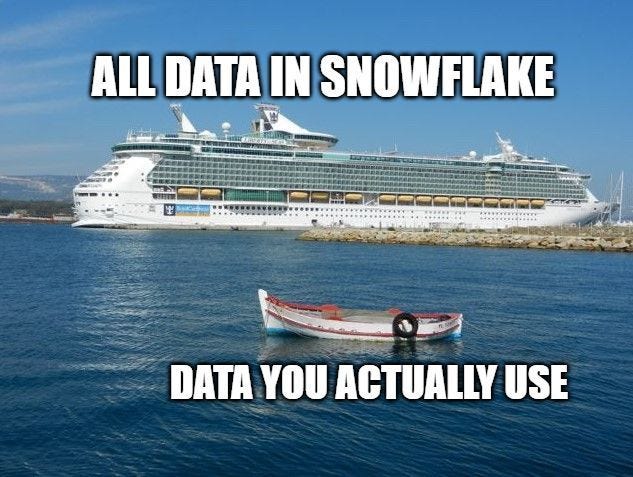
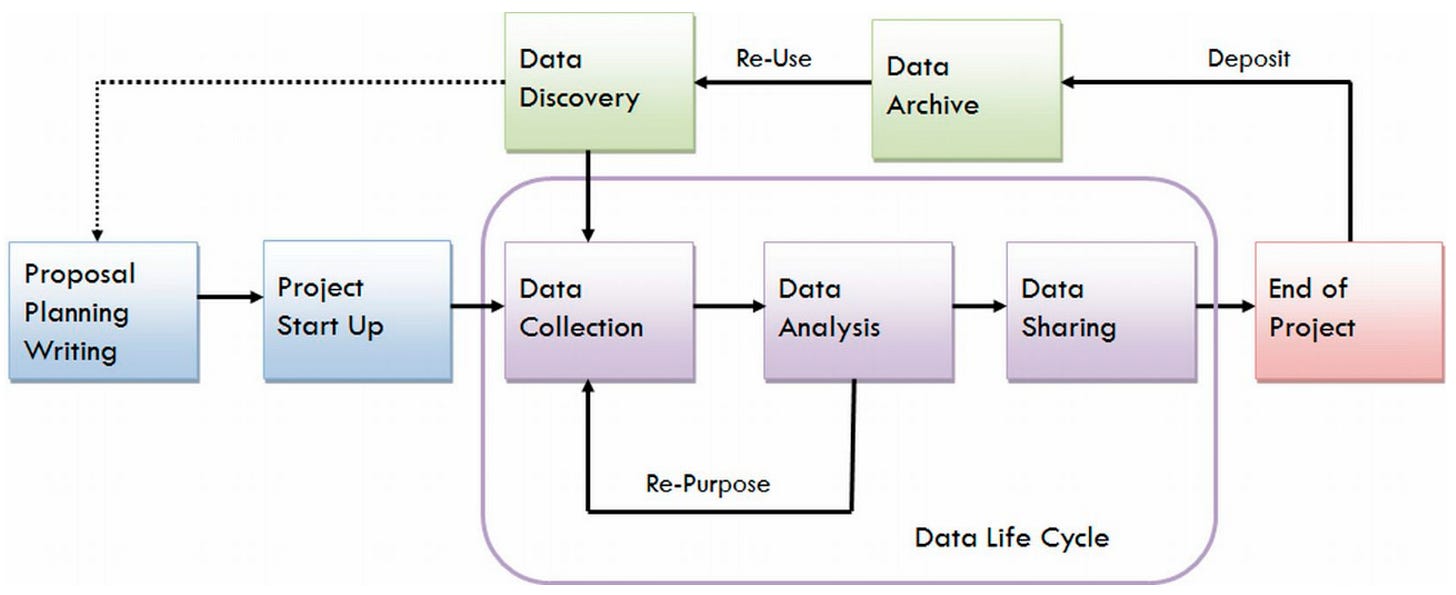


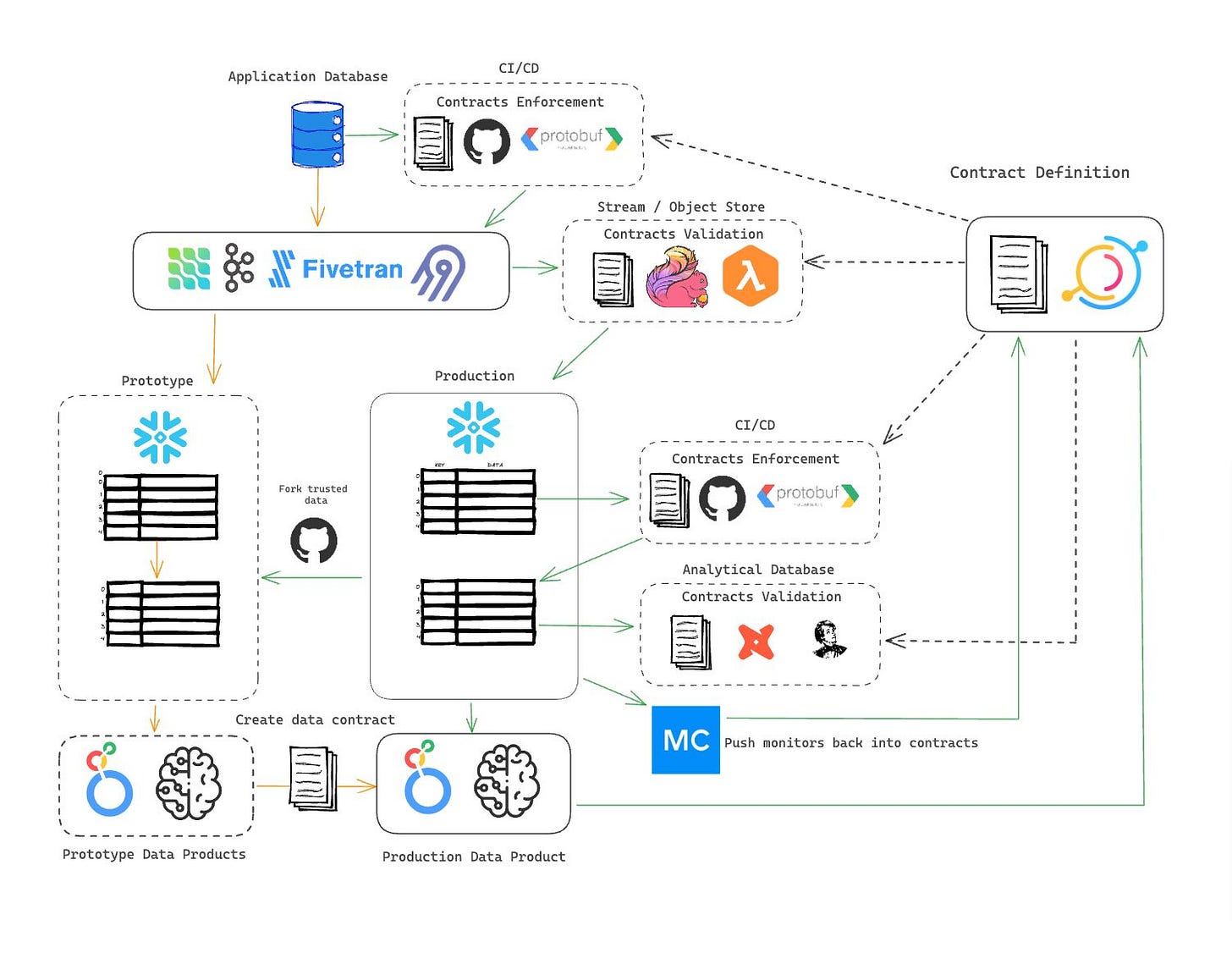
Thank you for this. Framing data mesh as data’s application of microservices was helpful for me as someone relatively new to both. Overall, this has me thinking about what architectures are possible and ideal for my enterprise. Looking forward to your next post.
Really enjoyed this entry. Wondering if you'd be willing to elaborate on this point, which probably could be its own blog post.
When talking about source of truth datasets and the ability to fork the data for new R&D purposes, you also noted that "Data producers should be aware of changes to their dependencies when these promotions occur. They should be aware of the impact backward incompatible changes might have on data dependents as well."
My question is: What approaches have you seen work well for data producers to be aware of all the downstream dependencies when many independent R&D projects could depend on the same underlying data?